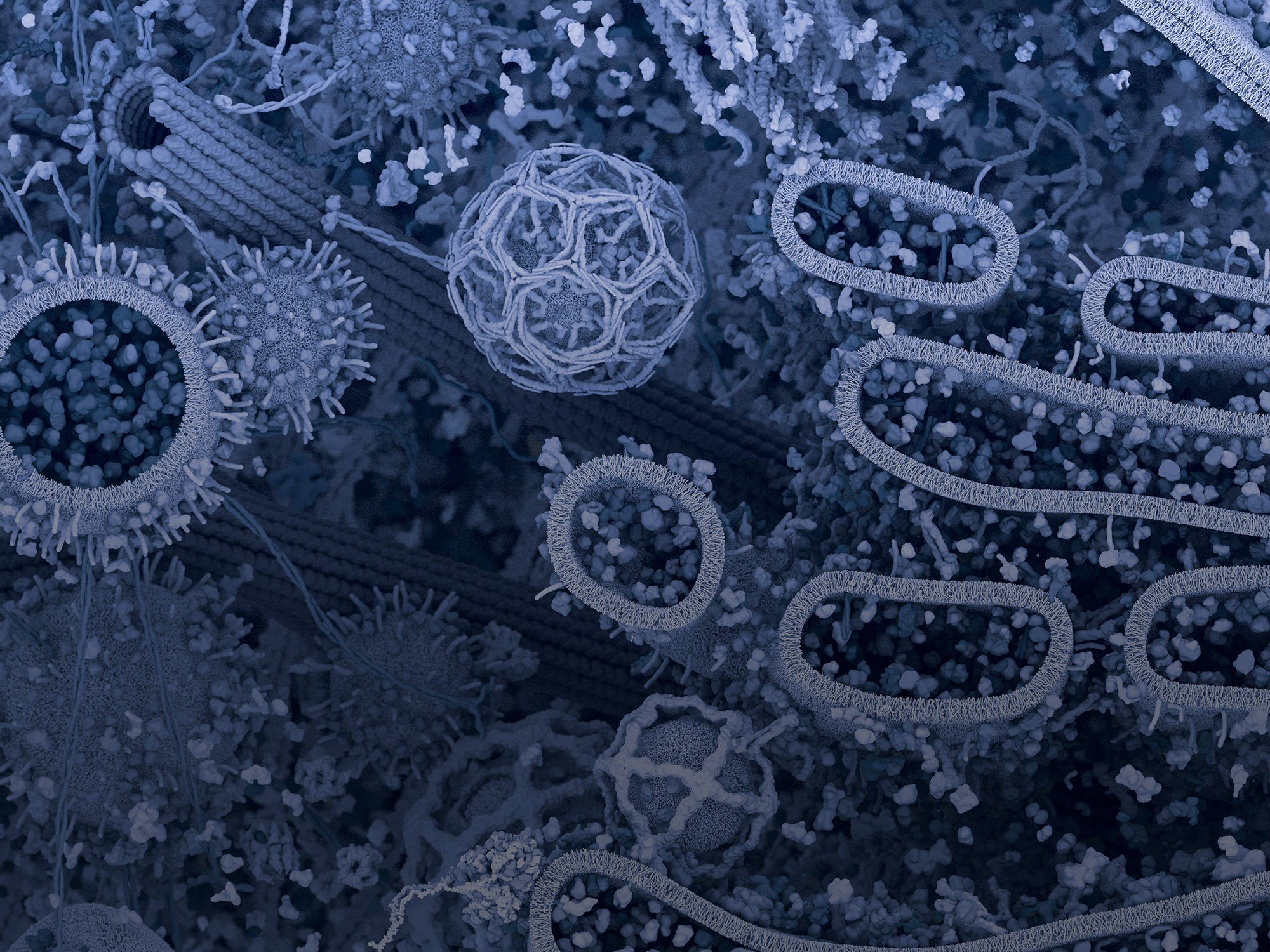
This year’s Society for Neuroscience (SfN) was held in beautiful San Diego, CA. More than 30,000 neuroscientists and vendors attended the annual meeting to share and discuss all topics neuroscience. Of course, neuroscience is a broad, multidisciplinary field ranging from molecules and neurons, to circuits and behavior. As an attendee, prioritizing the symposium talks and posters has always been a challenge, and this year’s meeting was no different.
As a Development Scientist, I focused my attention on research developments in Alzheimer’s Disease (AD), the neurodegenerative disease that affects nearly 2.5 million patients in the U.S. alone. From CST’s perspective, I attempted to understand the current state of AD research and where academia and industry may be converging. From this point of view, I was able to identify new ways to understand AD progression, as well as future targets that may be of therapeutic interest.
The major driving force for AD research for the past couple decades has been the amyloid hypothesis. According to this hypothesis, accumulation of the amyloid beta-peptide (Aβ) in the brain is the primary route for AD pathogenesis, ultimately producing the amyloid plaques in brain tissue that are the hallmarks of this form of dementia. Understanding the disease processes during initiation, progression, and ultimate AD pathology has been an intense area of research. Investigation of how Aβ alters synapses, the unit of interneuronal communication in the brain, has dominated the field. However, high-profile failures of Aβ clearing drugs suggest that a better understanding of Aβ etiology in AD is needed.
The relationship between neuroimmune system and AD pathogenesis was clearly an intense area of research at SfN. Microglia are the resident immune macrophages in the brain, clearing cellular debris as well as providing cytokines to produce inflammatory responses. These processes can have both protective and deleterious functions in brain homeostasis.
The AD field is interested in microglia biology for several reasons. For example, microglia surround amyloid plaques, but it is not clear if microglia are playing protective or deleterious roles in the brain. Additionally, researchers have identified several microglia-expressed gene mutations that are risk factors for AD (e.g. TREM2). Finally, microglia may play direct roles in synaptic formation, maintenance, and loss. Therefore, microglia may represent an important part in AD progression as well as a potential therapeutic target.
Several talks and posters highlighted how researchers are investigating microglia and AD. Although rodent models are still the workhorse in AD research, researchers are adopting patient-derived induced pluripotent stem cells (iPSCs) to investigate the cellular basis for disease progression. Several researchers reported the development of microglia-like cell models differentiated from patient-derived iPSCs. Clearly, development of microglia antibody-based markers will be a priority at CST to help accelerate this emerging field. Using iPSC-derived microglia from AD patients as a model system, researchers are now investigating how genetic variants can increase AD risk.
In one example of such studies, the Blurton-Jones group at UC, Riverside reported altered microglial function (e.g. Aβ phagocytosis) in iPSC-derived microglia from patients harboring TREM2 mutations. Remarkably, the researchers also reported incorporation of microglia into 3D brain neuronal organoids generated from human iPSC cells, representing a potential exciting human-cell based model system to investigate AD. Much work is yet to be done, including understanding specifically how TREM2 and its downstream signaling pathways are altered in disease. Investigation of these pathways, perhaps using novel human-based cell models described earlier, may yield future potential therapeutic targets. Currently, several microglia-relevant products are under development at CST that will accelerate research in this exciting field.
In summary, AD remains an active area of research with many exciting developments and discoveries around the corner. In this space, CST will continue to provide highly validated antibody-based tools to accelerate progress in understanding and treating AD.
Interested in Neuroscience? Check out the CST Neuroscience Resource Page.



